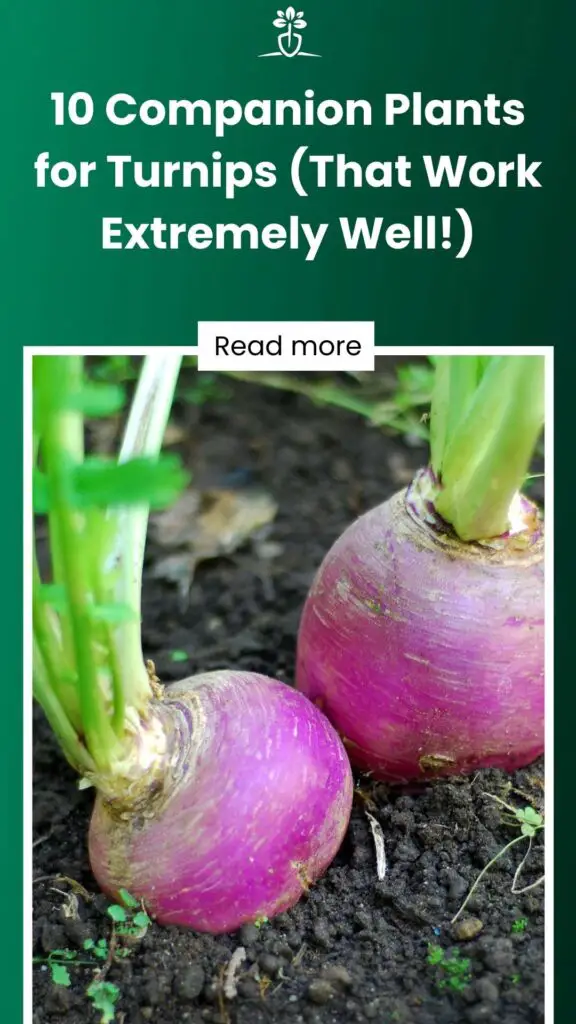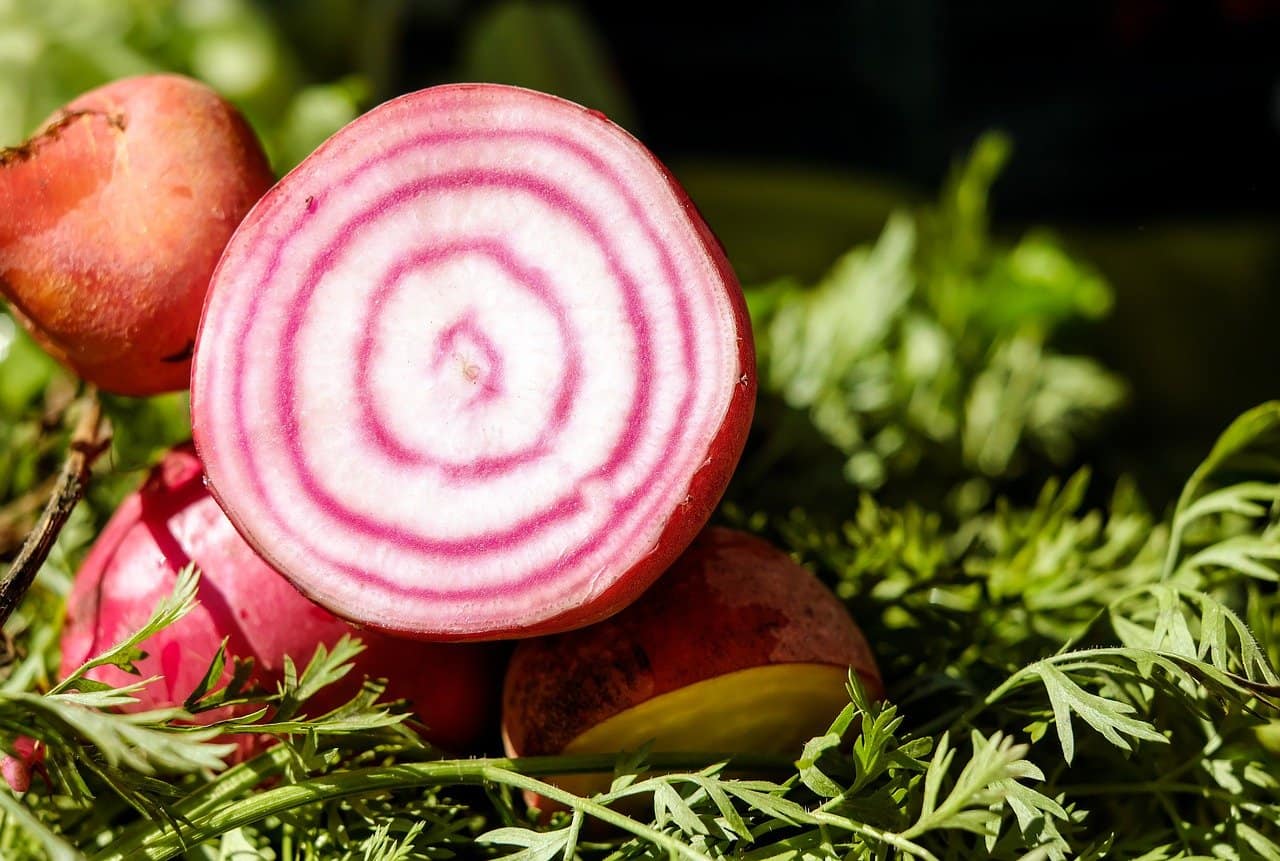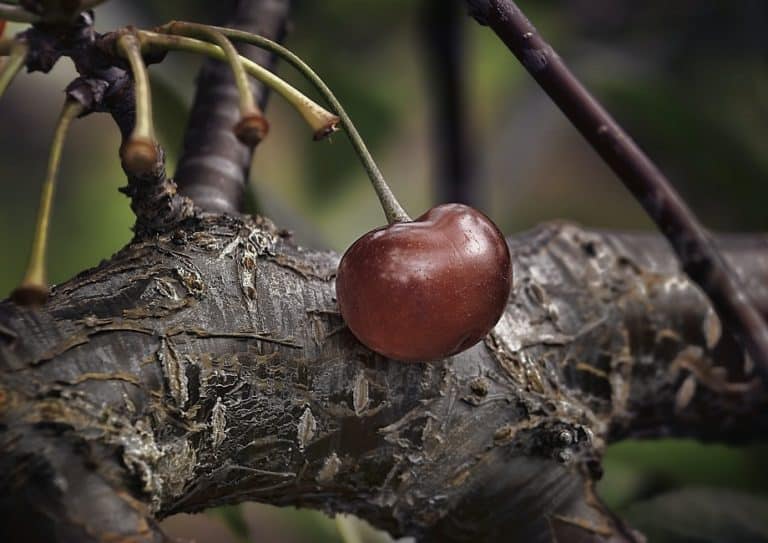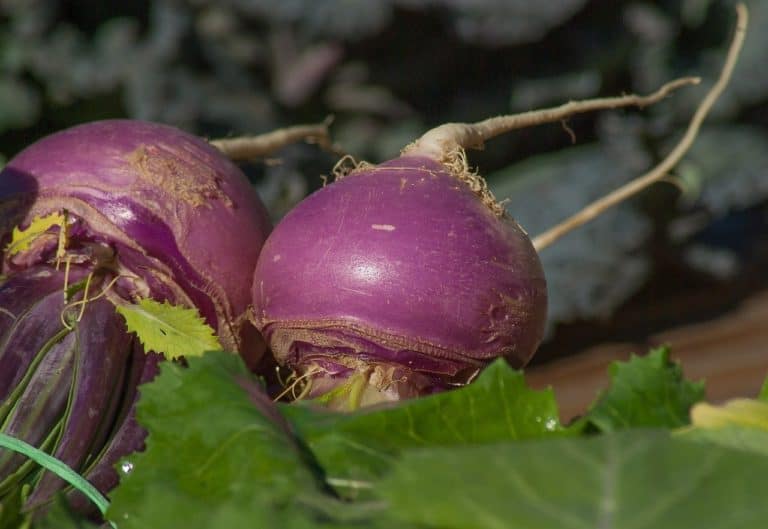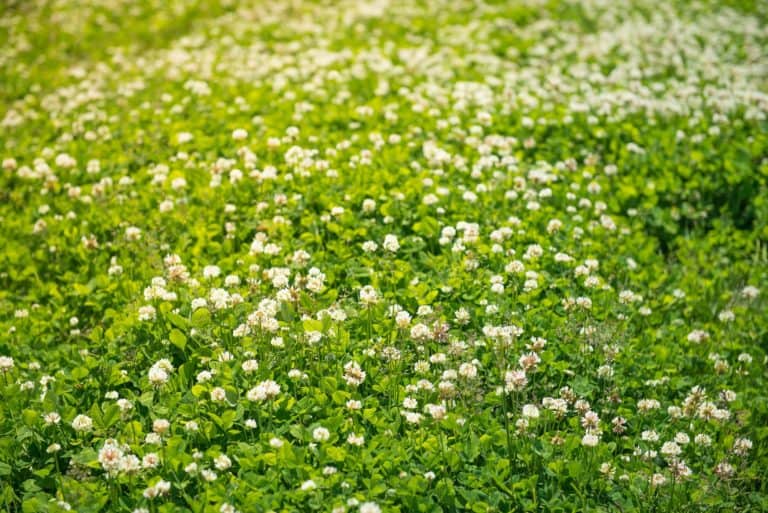10 Companion Plants for Turnips (That Work Extremely Well!)
Looking to grow turnips and make your garden stand out with companion planting? This helpful guide is exactly what you need!
Contents
What Is Companion Planting?
As the name suggests, in this gardening method, you grow different plants in close proximity. Some plant combinations are beneficial for each other’s growth when planted together. That’s because they have characteristics that complement one another like- they attract beneficial insects, others have pest-repellent properties, and some might complement each other’s nutrient requirements.
For example, an ideal combination for your vegetable garden might be winter squash, maize, and climbing beans. The winter squash will help the ground stay moist and shaded, while its prickly leaves keep pests and weeds away. On the other hand, the maize will help the climbing beans grow high. Finally, the climbing beans are nitrogen fixers. So your other plants have enough nitrogen to grow healthy.
Top 10 Turnip Companion Plants
Turnips are a great garden vegetable and can make any salad taste phenomenal. But little do some people know that turnips are also the ideal companion plants. So let’s take a look at the best plants as companions for your turnips.
1. Chives Garlic
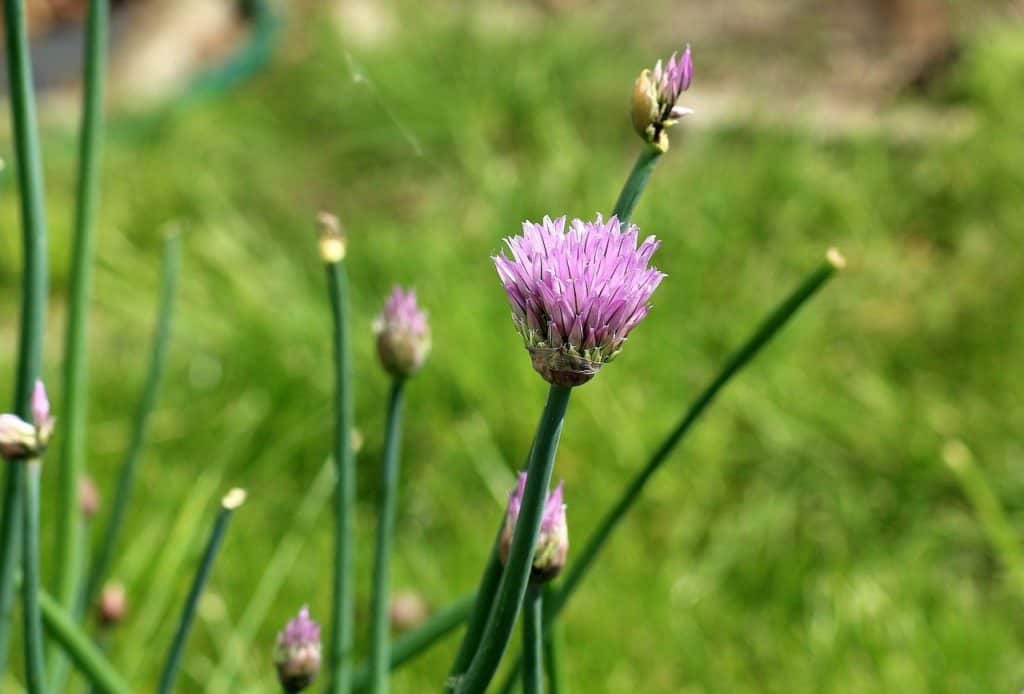
Chives Garlic has beautiful leaves and flowers, but they’re not edible. They make for a great turnip companion because of their pest repellent properties, particularly aphids. The turnip plant itself has pest-repellent properties. In addition to that, chives garlic also improves the flavor of their companions.
So, when you plant both of these together, there’s no chance of a pest attack.
2. Garlic (Allium Sativum)
Garlic is something we regularly use in our kitchens. But it’s also one of the best companion plants. Garlic and turnips complement each other’s growth by repelling insects. Garlic is notorious for its smell. Such insects like aphids, Japanese beetles, and onion flies will stay far away from your garden.
3. Thyme

Thyme is a herb known for its aromatic smell. This property doesn’t only make it great for cooking but also makes thyme an ideal contender for companion planting. Cabbage white butterflies are a common problem for all the variants of the cabbage family, including turnips. Thyme is known to repel these pesky butterflies.
In addition to that, thyme is also known to attract beneficial insects. For example, insects like bees and hoverflies are attracted to thyme.
4. Mint
One of the members of the mint family is among the best herbs for planting with turnips. The catmint and turnip make the best of combinations in companion planting because together, they can repel the most harmful insects.
One of the most harmful pests for turnips is flea beetles, and catmints are their worst enemy. However, it’s also great for repelling aphids, weevils, and ants. So your turnips can grow without any attacks from pests.
5. Peas

Peas are the ideal companion of your turnip plant. In fact, peas have nitrogen-fixing properties, which makes them a great companion plant for almost any vegetable in your garden. When you grow your turnip plant with your peas, your turnip will be able to use the nitrogen from the soil more effectively.
Plus, peas will grow upwards, and turnips tend to grow underground, below the soil. So you get to plant two crops in one place.
6. Vetch
Plants like vetches fall under the legume family. Similar to peas, the vetch plant will allow their garden companions to use the nitrogen in the soil better. So vetch is basically great for improving the soil quality for companion planting.
7. Pole Beans and Bush Beans

Another type of plant best for companion gardening are beans. Plants like pole beans and bush beans are great for improving the quality of soil for your crops. All types of beans, including pole beans, are among legumes.
So their natural nitrogen-fixing ability means they’ll allow their companion plants to help utilize the nitrogen in the soil. So your beans will ensure that your turnips grow to their full potential.
8. Lettuce
Lettuce is generally a great companion for most garden vegetables. Celery, strawberries, squash, and spinach grow best with lettuce.
The lettuce plant is the best shade regulator. So, lettuce will be extremely beneficial for an underground plant-like turnip. In addition to that, lettuce will attract beneficial insects like hoverflies.
9. Swiss Chard

Like the lettuce plant, swiss chard provides a dense shade to their companion plants. So shade regulation is an outstanding benefit while planting turnips with swiss chard. In the absence of this shade, your turnips are at the risk of being burnt by the harsh sun.
10. Tomatoes
Tomatoes and turnips are great companions. Tomatoes are known to be delicate plants. Since turnips are excellent at repelling aphids, they can protect your tomato plant from attacks by harmful pests.
So the ability of turnips to repel pests actually helps preserve the health of delicate plants like the tomato plant. However, tomatoes can’t grow well with vegetables like onions or potatoes.
What Not To Plant With Turnips
Onion
The onion plant isn’t the ideal companion of turnips. However, they’re known to protect plants against bores, cutworms, mites, and slugs. This protective nature generally makes them the ideal plant for companion gardening. In addition, vegetables like the summer savory help with onion growth and flavor.
However, there are better options than onions while looking for a companion for turnips.
Hedge Mustard
Hedge mustard and turnip belong to the same family. This is a disadvantage to the growth of both vegetables, so mustard is not the best companion for your turnip crop. Other than that, the hedge mustard tends to grow pretty tall and attracts cabbage whites. And we all know that this insect is terrible news for your plant.
But the most important thing to look out for is the growth of your turnip plant. The hedge mustard is known to be detrimental to their growth, and it also increases the chances of club root. So turnips and hedge mustard aren’t the best companions. The hedge mustard will damage the root and the normal growth of your turnip crop.
Knot Weed
Any type of weed is terrible news for the roots of your other vegetables. Even if you end up planting a knot weed plant, it’s best to plant them as far away from your turnips as possible. Otherwise, your turnip’s growth will be severely stunted and the root badly damaged.
Ruining your turnip plant isn’t the only problem with knot weed. Its root will cause damage to your property. Not just that, but the knot weed root is exceptionally stubborn to remove.
Why Companion Planting?
Companion planting is an excellent idea for people who like to grow their vegetables in their own garden. Let’s look at a few of these.
- Insects
Companion planting is an excellent idea if you want to attract a certain kind of creepy crawlies to your crop and repel others. Through companion planting, gardeners are able to attract bees and other beneficial insects to their crops while repelling harmful ones like beetles.
- Shade and Support
While companion planting, an important thing is to pay attention to the companion chart. If the right tall growing plant is paired with other climbing or low rising plants, their growth could significantly improve. A good example is planting corn and climbing beans together.
- Weed Suppression and Soil Quality
Weeds are a death sentence for most sensitive crops. Such plants like potatoes are going to help a lot with that problem. They leave very little room for weeds to grow and pollute the soil.
Another advantage of companion planting is enhanced soil quality. You can achieve this by using nitrogen-fixing plants. Peas, beans, and other legumes help a lot in making the nitrogen in the soil available for your plants.
- Plant Growth and Health
Finally, the goal of companion planting is to achieve the best health and growth of your crops. You need to understand how companion planting can change soil biochemistry and what effects this will have on each of your plants.
If you don’t pay attention to the companion chart and overlook the smallest details, you could put the healthy growth of your plant at risk. Understanding the companion chart is the first step you need to succeed at companion planting.
Conclusion
Companion planting is both exciting and monumental for optimum plant growth. Most professional gardeners rely on companion planting to ensure their crops grow to their maximum potential. But it could also turn out to be risky. However, as long as you make yourself familiar with a companion chart and do your research over the crops you want to plant, it’s a creative process. Companion planting allows you to make art out of your garden.
So, with a plant as friendly as turnips, companion planting is not just easy; it’s also fun. Turnips owe their highly compatible nature to their protective properties. They’re great for planting with delicate plants as well as all other plants that could use a little help in defending themselves from pests.
